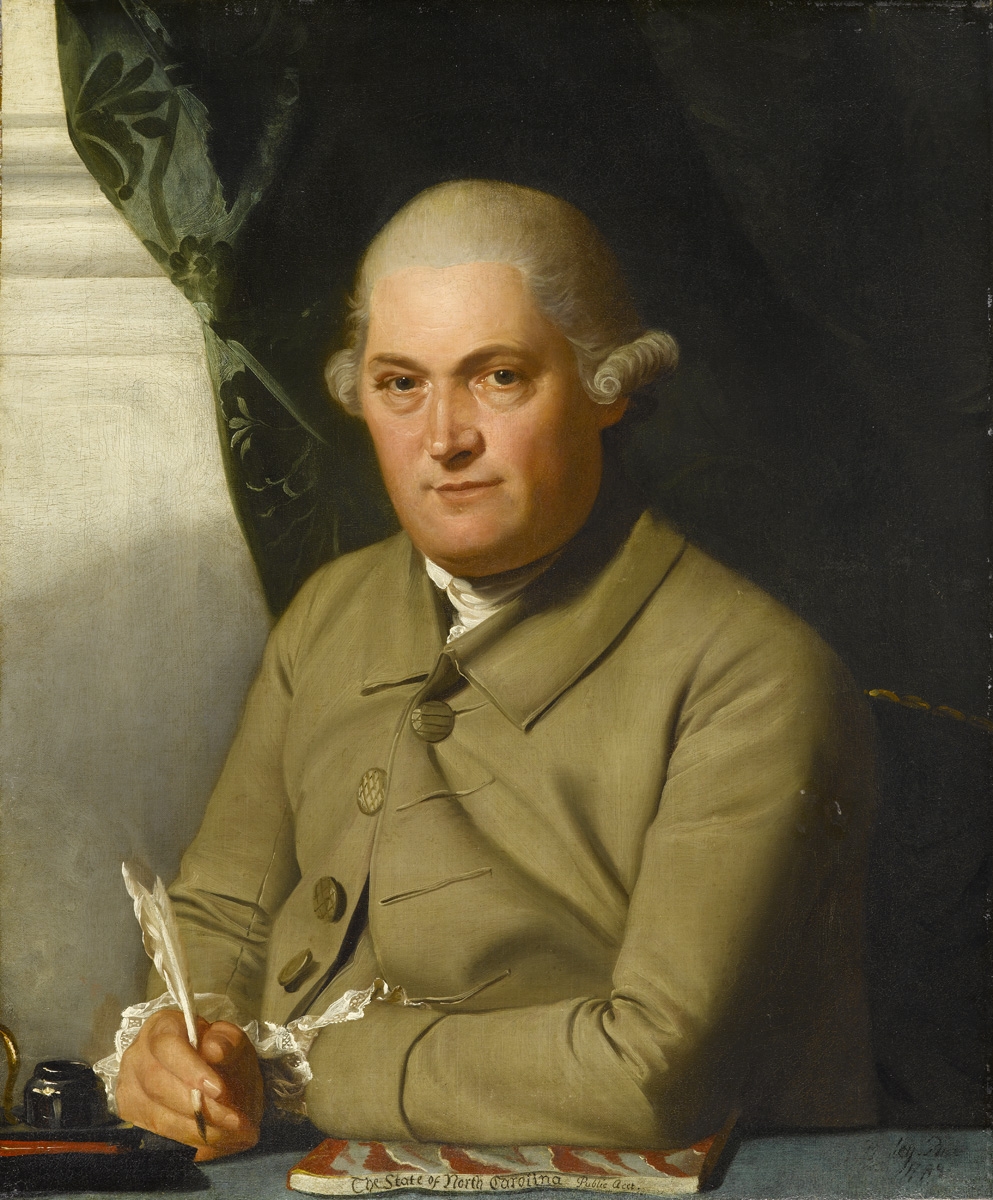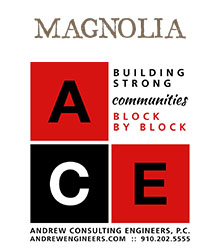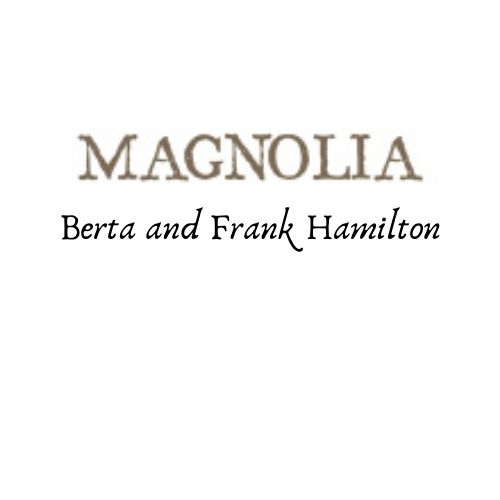History: A Brief Overview
 The Burgwin-Wright House was built in 1770 on top of the first city jail of Wilmington, circa 1744, as a townhouse for John Burgwin to use as his seat of business and entertainment in Wilmington. Burgwin, was a successful merchant and planter in New Hanover County, and the private secretary to the last two royal governors of North Carolina as well as the treasurer for the colony. After breaking his leg in 1775, he returned to England citing medical reasons although it was well known he was unable to give up his Loyalist (Tory) convictions. While away, all his properties were confiscated until he sought and received a pardon after the war according to the terms of the Treaty of Paris of 1783. After his pardon, Burgwin sold the house, in 1799, to Joshua Grainger Wright, whose mother had rented the house from Burgwin during the war. Near the end of the Revolutionary War, the British captured Wilmington, and in 1781, Lord Cornwallis occupied it for three weeks. During this time, Cornwallis used the house one evening to entertain his officers due to its size, location, and prestige. This brief interlude led to the house being referred to locally as “The Cornwallis House." The Burgwin-Wright House was built in 1770 on top of the first city jail of Wilmington, circa 1744, as a townhouse for John Burgwin to use as his seat of business and entertainment in Wilmington. Burgwin, was a successful merchant and planter in New Hanover County, and the private secretary to the last two royal governors of North Carolina as well as the treasurer for the colony. After breaking his leg in 1775, he returned to England citing medical reasons although it was well known he was unable to give up his Loyalist (Tory) convictions. While away, all his properties were confiscated until he sought and received a pardon after the war according to the terms of the Treaty of Paris of 1783. After his pardon, Burgwin sold the house, in 1799, to Joshua Grainger Wright, whose mother had rented the house from Burgwin during the war. Near the end of the Revolutionary War, the British captured Wilmington, and in 1781, Lord Cornwallis occupied it for three weeks. During this time, Cornwallis used the house one evening to entertain his officers due to its size, location, and prestige. This brief interlude led to the house being referred to locally as “The Cornwallis House."
In 1930, the house was in disrepair and the property was put up for sale. Standard Oil immediately took interest in the lot for a gas station. However, the community and the NSCDA-NC campaigned for seven years and ultimately purchased the house in 1937, thus saving one of the oldest structures in Wilmington. Over the years, the house was restored and opened its doors to the public in 1951 as a museum house. Beginning in 1952, all fourth-graders in the New Hanover County school system have participated in a free annual field trip to the house to complement their study of American history.
Guided tours of the house are offered Monday-Saturday and visitors may also take a complimentary, self-guided tour of the gardens. The former city jail now hosts a meeting space, exhibit hall, and gift shop. The gardens may be rented for private events such as weddings.
Located on the second floor of the kitchen house is an archive containing a collection of books, documents, scrapbooks, and photographs pertaining to the history of the NSCDA-NC and the historic houses they own and support.
|


 The Burgwin-Wright House was built in 1770 on top of the first city jail of Wilmington, circa 1744, as a townhouse for John Burgwin to use as his seat of business and entertainment in Wilmington. Burgwin, was a successful merchant and planter in New Hanover County, and the private secretary to the last two royal governors of North Carolina as well as the treasurer for the colony. After breaking his leg in 1775, he returned to England citing medical reasons although it was well known he was unable to give up his Loyalist (Tory) convictions. While away, all his properties were confiscated until he sought and received a pardon after the war according to the terms of the Treaty of Paris of 1783. After his pardon, Burgwin sold the house, in 1799, to Joshua Grainger Wright, whose mother had rented the house from Burgwin during the war. Near the end of the Revolutionary War, the British captured Wilmington, and in 1781, Lord Cornwallis occupied it for three weeks. During this time, Cornwallis used the house one evening to entertain his officers due to its size, location, and prestige. This brief interlude led to the house being referred to locally as “The Cornwallis House."
The Burgwin-Wright House was built in 1770 on top of the first city jail of Wilmington, circa 1744, as a townhouse for John Burgwin to use as his seat of business and entertainment in Wilmington. Burgwin, was a successful merchant and planter in New Hanover County, and the private secretary to the last two royal governors of North Carolina as well as the treasurer for the colony. After breaking his leg in 1775, he returned to England citing medical reasons although it was well known he was unable to give up his Loyalist (Tory) convictions. While away, all his properties were confiscated until he sought and received a pardon after the war according to the terms of the Treaty of Paris of 1783. After his pardon, Burgwin sold the house, in 1799, to Joshua Grainger Wright, whose mother had rented the house from Burgwin during the war. Near the end of the Revolutionary War, the British captured Wilmington, and in 1781, Lord Cornwallis occupied it for three weeks. During this time, Cornwallis used the house one evening to entertain his officers due to its size, location, and prestige. This brief interlude led to the house being referred to locally as “The Cornwallis House."

